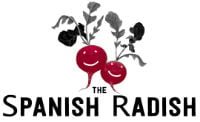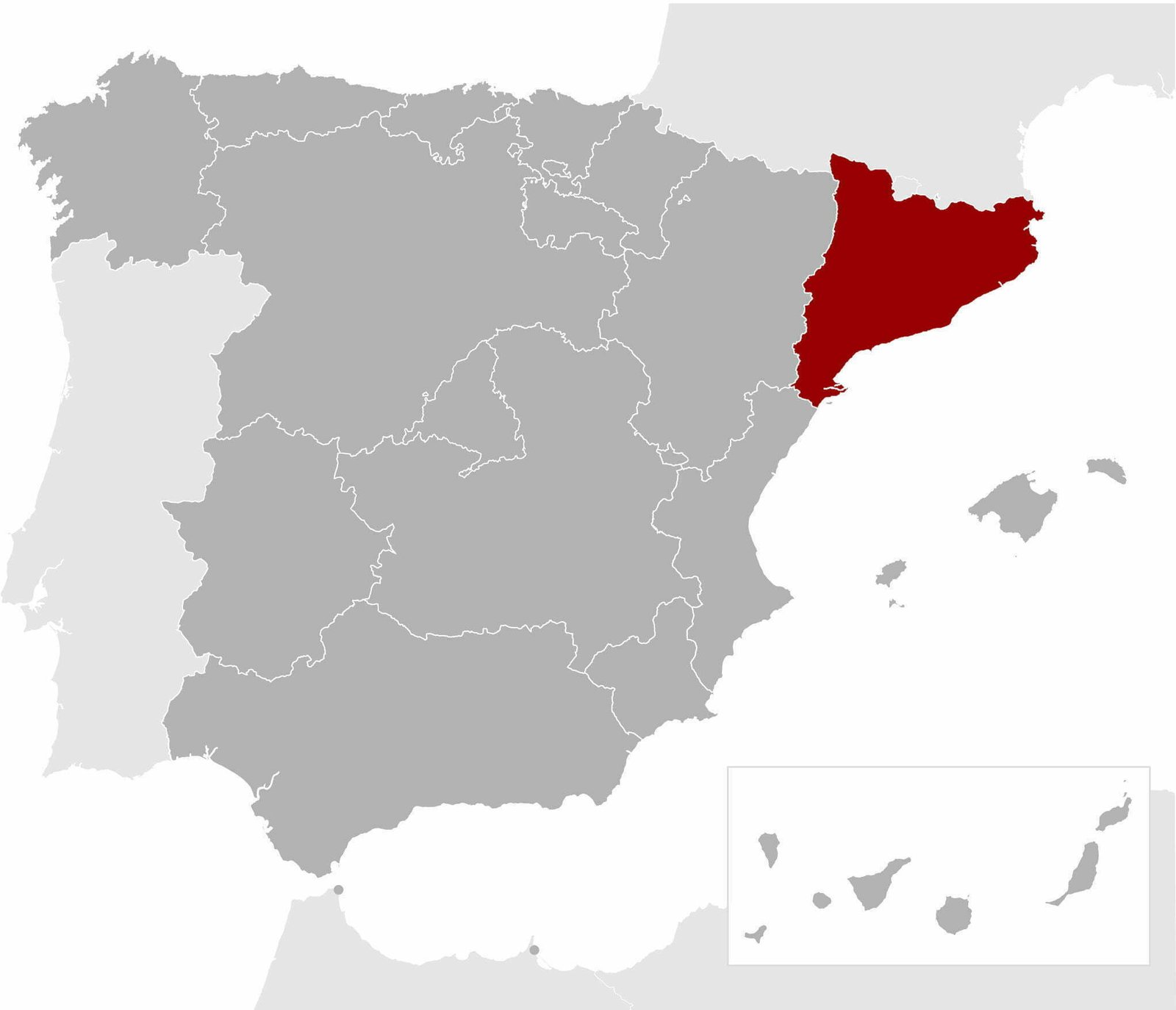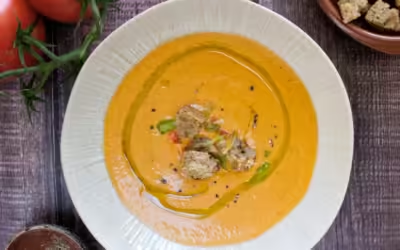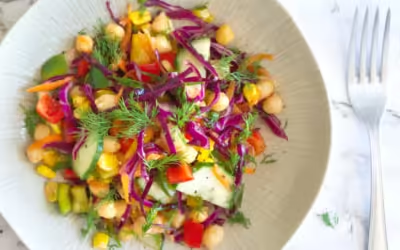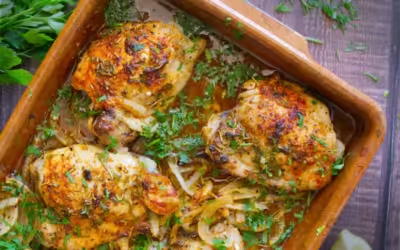Catalonia Regional Guide
– Cataluña regional foodie guide –

Our Catalonia regional guide is absolutely jam-packed full of resources and information to help you discover one of the brightest culinary stars of Spain. Wander the streets of the region’s capital Barcelona, explore the many market regions, and dip a toe into the stunning coastal regions along the Mediterranean sea!
With a border shared with the Pyrenees region, over 360 miles of Mediterranean coastline, and rich fertile grazing plains, the Catalonia region is brimming with culinary delights, making it one of Spain’s most unique locations for food!
Catalonia Regional Guide – Geography and landscape
The Catalonia region is perhaps best known for its thriving capital, Barcelona, but a close second when you mention Catalonia is the food. The region offers a wealth of authentic Spanish cuisine that has resonated all around the world.
With its borders spanning from the Mediterranean Sea in the east, to the stunning rugged grazing plains of Aragón, to the picturesque mountainous zones of the Pyrenees mountain ranges, the Catalonia region has it all!
The broad geographic territory has given rise to a distinctive and diverse culinary style all of its own. Catalan inhabitants not only embrace their own language, but they have cherished traditional culinary techniques, flavors, and aromas that are as unique as the very landscape that abounds the Catalan region.
Catalan cuisine of the sea and mountains
The Catalan people use the phrase ‘may y mantagna’ which loosely translates from Catalan into ‘Sea and mountain’ but in English this is more aligned to the concept of ‘surf and turf’, where seafood and meat will feature on the same plate.
Mountain cuisine of the Catalan region hails from food made for survival, often using hearty seasonal vegetables or foraging for wild mushrooms that grow within the moist mountain forest floor. These ingredients are often combined with rich and full flavored meats such as pork, lamb, and beef.
From the neighboring villages over the mountain tops, there is a well-worn trail through the rugged landscape that leads to Haute cuisine. Catalan cookery embraces traditionally french ingredients and features Haute flavors, textures, and aromas in many of the most popular Catalan dishes.
The cuisine found from the shores of the Mediterranean Sea that hug Catalonia’s eastern coast is humble in origin. One such dish, suquet, is reminiscent of preparations made on the deck of a fisherman’s boat and full of flavor.

Barcelona – The Catalan cuisine capital
Barcelona has a long established affinity with food and has attracted international attention for Barcvelona Street food, a thriving tapas and bar scene, and world-class restaurants.
What food is Barcelona known for?
All of food found within the many establishments in Barcelona share a distinctive Catalan food flair. You’ll find everything from tasty Barcelona street food, to the trendiest of tapas restaurants, not to mention the well-established churingito scene you’ll find dotted up and down the coast of the capital.
Nestled within the city is also the lifeblood of the many Barcelona restaurants and food establishemnets, the fresh food markets. Barcelona has around 40 food markets and literally thousands of specialty food stores.
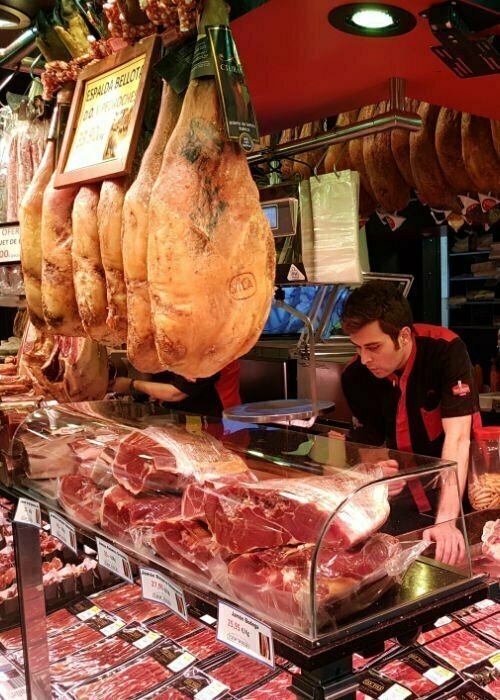
Top Barcelona food markets
- La Boqueria, located of La Rambla.
- La Llibertat Market, located within the Gràcia neighborhood.
- Mercat de Santa Caterina, located off the Via Laietana within the Born neighborhood (look out for the multi-colored stained-glass roof!).
- Mercat de Sant Antoni, Located within Barcelona’s Sant Antoni neighbourhood.
- Mercat de Sant Andreu, Located withi the Sant Andreu neighborhood.
- Mercat de la Barceloneta, wel established in the la Barceloneta district of Barcelona.
- Mercat de Sants, located in the neighbourhood of Sants, near Montjuïc.
- Mercat d’Hostafrancs, just down the road from Mercat de Sants.
- Mercat del Ninot, El Ninot.
- Mercat de Galvany, found within the Sarrià-Sant Gervasi neighbourhood.
- Mercat de la Libertat, La Llibertat.
Barcelona food
Barcelona food stores and market vendors sell everything from fresh seasonal vegetables, seafood caught daily, to prime cuts of beef, lamb, and pork. During special seasons, there’s also a range of wild and foraged goods available, harvested directly from the Catalan landscape.
Signature Catalan cuisine
Of course, any region is defined by the landscape that surrounds it, but what really sets Catalan cuisine apart from traditional Spanish cuisine is the dedication to the use of locally srouced and seasonally grown produce that is found only within the bounds of the great region of Catalonia.
Additionally, Catalan cuisine makes use of fresh ingredients and also uses a few signature bases to create stunning catalan recipes that no one is the same.
“La cuina d’un país és el seu paisatge posat a la cassola”
“A country’s cuisine is its landscape in a pot”
– Joseph Pla –
Picada – The combination of sweet and sour
Another traditional pairing that is well established in the Catalan region is picada, which loosely translates to combination of sweet and sour flavors.
Picada is a paste made from garlic, parsley, and almonds or hazelnuts, fresh or dired fruits, or even maybe saffron or chocolate that has been pounded in a mortar to reach the desired consistency. Picada is typically added around the end of the cooking process and its adds a rich layer of flavor to a whole host of Catalan recipes, from meaty stews and casseroles, to sauces and soups.
Authentic Catalan cuisine often relies on casserole cooking methods, perfect for poaching and extracting the sweet flavors of seasonal fruits found plentiful throughout the region.
Dishes such as duck with cherries, duck with pears (Ànec amb peres), meat with prunes, chicken with peaches, and Catalan-style spinach cooked with with raisins are all outstanding examples.
Sofregit – A foundation of Catalan cooking
Another defining signature of Catalan cooking is sofregit, which is a combination of onions and tomatoes that have been gently cooked down in rich olive oil until they are a pulp. As soon as you start to experiment with Catalan cuisne, you’ll find sofregit used as a base in many recipes.
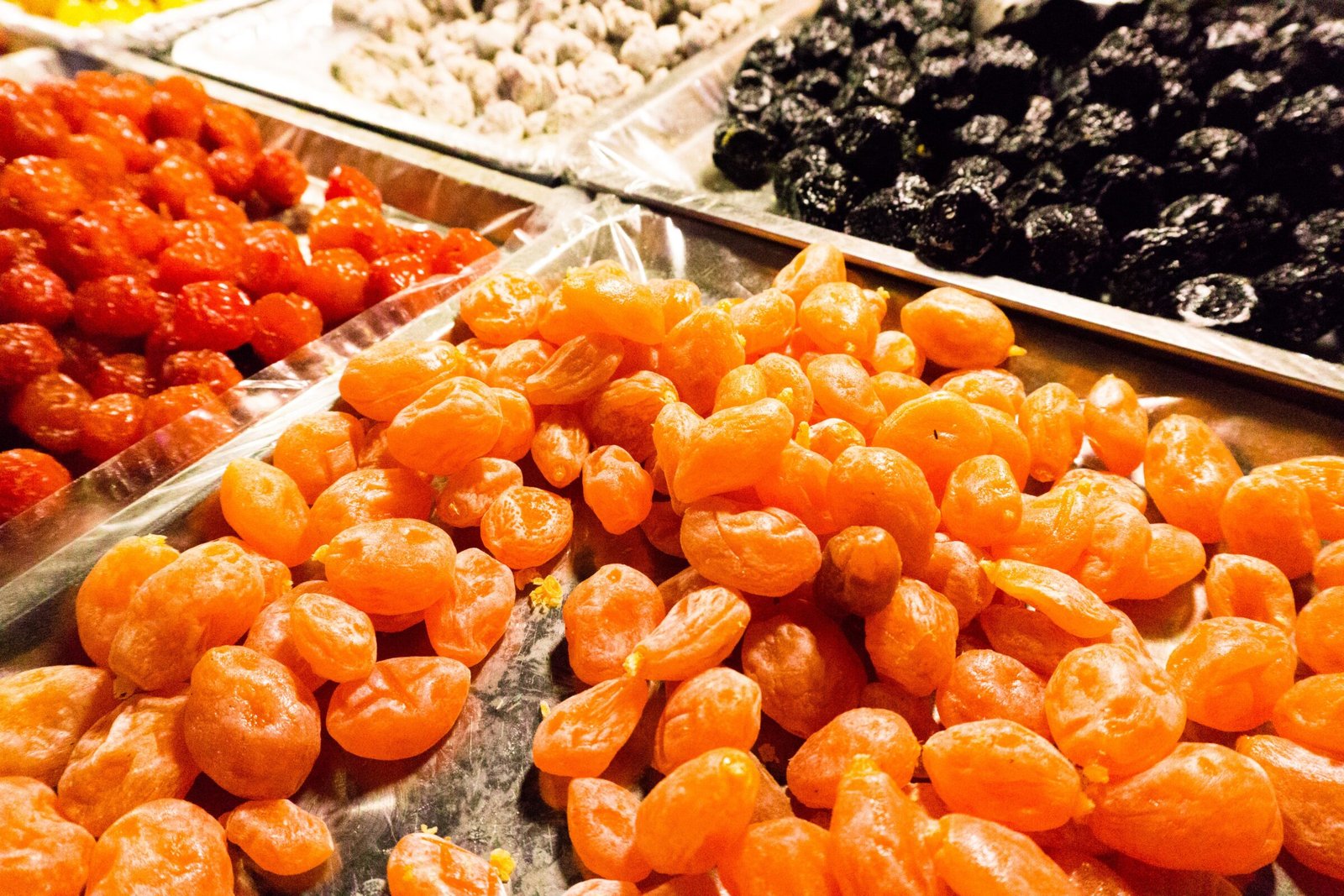
Catalan Vegetarian dishes
Catalonia as a region is very vegetarian friendly and offers a wealth of tasty veggie dishes to try. Most visitors will being their food journey in Barcelona, and there are plenty of established vegetarian restaurants and tapas bars, with new ones opening every week!
While exploring Catalan cuisine, be sure to check out these fantastic vegetarian dishes!
Pa Amb Tomaquet (Pan Con Tomate)
While you’ll find this dish everywhere throughout Spain, it is said to have hailed from Catalonia. Pa Amb Tomaquet is also one of the easiest dishes to make.
It is made with some fresh bread that has been gently rubbed with garlic and topped with fresh tomatoes, then drizzled with oil and salt. A true Catalan staple that’s often served for breakfast or as a tasty snack throughout the day.
Calçots
Resembling something similar to baby leeks, Calçots are actually a type of spring onion that’s grown during the winter and into the spring and is specific to Catalonia.
Traditional parties known as ‘Calçotadas’ take place from December through until March and celebrate the harvest of the cherished Calçot, with the vegetable being barbecued and served with Romesco Sauce made garlic, tomato and almond sauce.
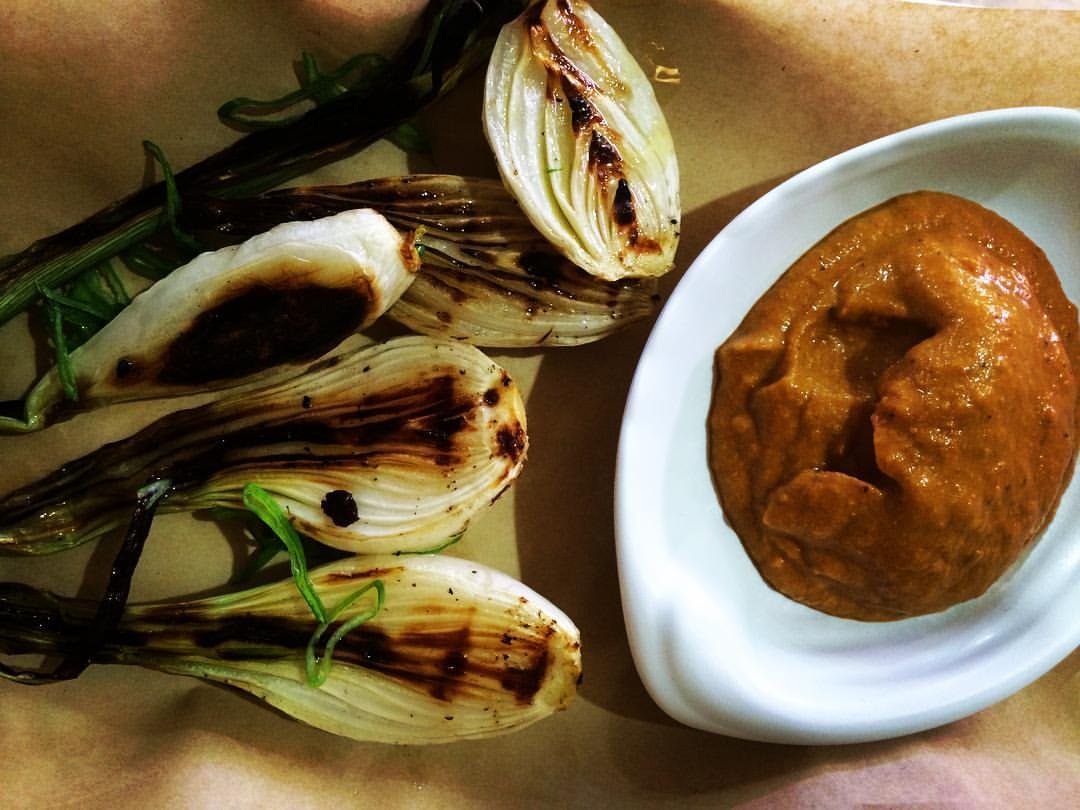
Escalivada
Another one for vegetarians or veggie lovers! Escalivada is a dish made up of grilled vegetables including aubergines, red peppers, onions and tomatoes. The vegetables are skinned and de-seeded and lightly grilled over an open fire. Always served with a good drizzle of olive oil and some fresh bread for the mop-up!
Catalan Meat dishes
Visiting Catalonia is certainly sure to get the meat-eaters excited too! There are plenty of authentic and varied meat dishes well worth trying, with most being made casserole-style in huge pots that are left to simmer and soak up all the rich flavors.
Escudella
A hearty and filling Catalan stew that’s made with chunks of meat, beans, potatoes, cabbage, and occasionally includes some pasta too. It is traditionally served in three courses of food: a broth, followed by the meat course, followed by the vegetable course. All are delicious!
Butifarra
An uncured spiced sausage that draws similarities to the English Cumberland sausage. Butifarra is used extensively to flavor main meal dishes or served on its own and served as a type of tapa.
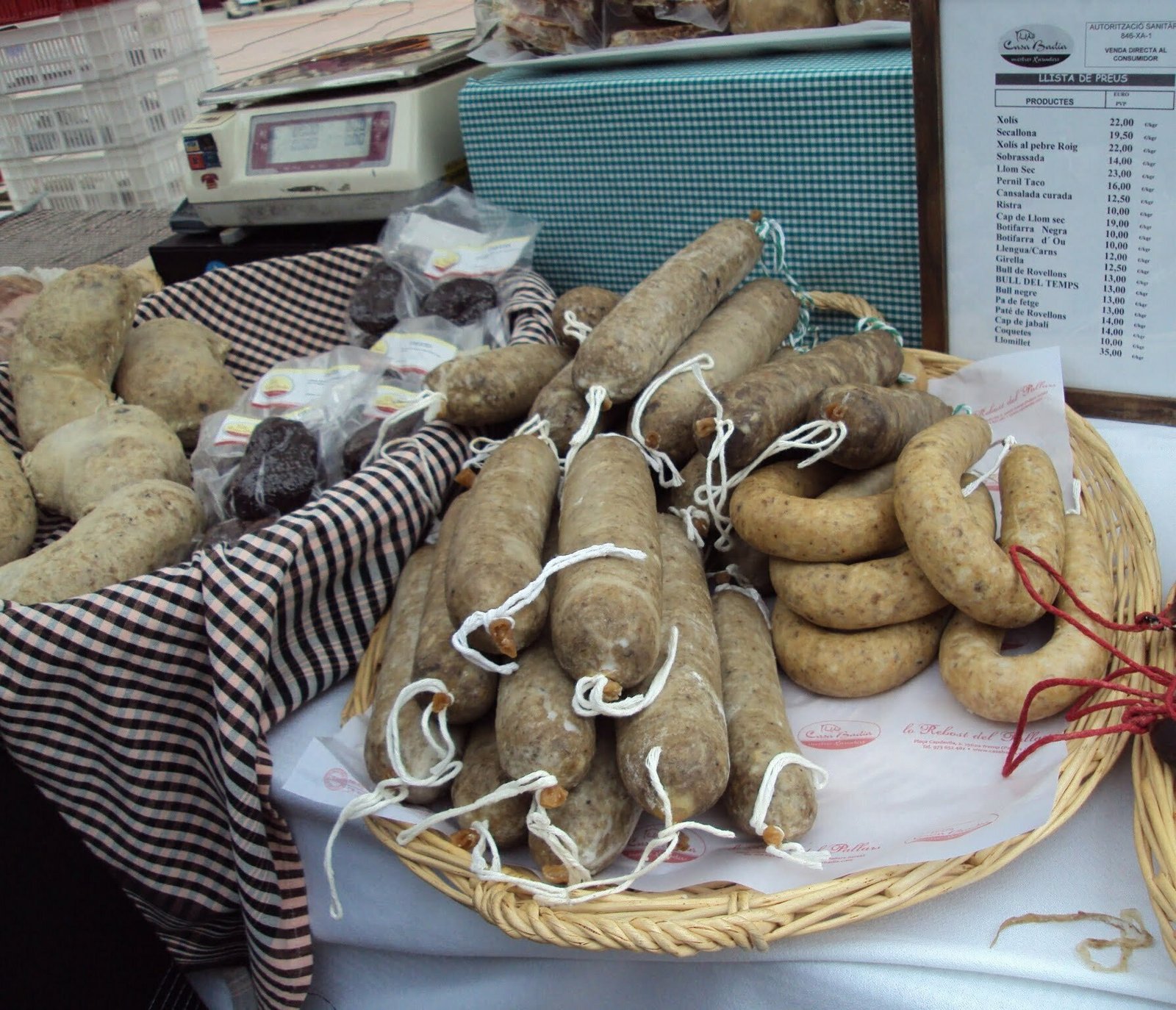
Xai Rostit Amb 12 Cabeçes d’All
Literally translates from Catalan into English as ‘A large leg of roasted lamb that is infused with 12 heads of garlic’.
Embutidos
A large patter of assorted cured meats which most commonly includes a selection of authentic Catalan cured meats such as fuet (pork), Botifarra negra (white pork sausage), and jamon from the Vic region, located north west of the capital, Barcelona.
Catalan fish and seafood dishes
The Catalonia region boasts over 360 miles of Mediterranean coast allowing for a plentiful bounty of fresh seafood within easy reach of the entire region. At any opportunity, be sure to sample the many Catalan fish and seafood dishes.
Esqueixada
Salad made with a selection of fresh peppers, tomatoes, onions, red wine vinegar and shredded ‘bacalao‘. The dish is usually served as an appetizer or a small tapa, and is often assembled in layers of ingredients.
Bacalao is salted cod and is typical of the entire Mediterranean region. It is a large fillet of cod that has been preserved in salt and requires soaking in fresh water for several hours before serving.
Suquet de Peix
A classic Catalan recipe! Suqeut de Peix is a seafood stew typically made with potatoes, garlic and tomato. Suquet recipes are completely unique from one family to another and a wide variety of fish can be used, depending on what is on offer at the fish market that day.
Fideua
Fideua is dish similar to a paella, but served with short noodles rather than rice. There is a wealth of fideua recipes all up and down the Mediterranean coast, but one of the most common is the seafood fideua (fideua marisco).
When visiting Catalonia, you’ll find plenty of fideua options on the menu within the many restaurants up and down the Mediterranean coast. Seafood fideua is also much easier to make compared to a rice paella.
Looking to make fideua at home?
Check out our seafood fideua recipe here!
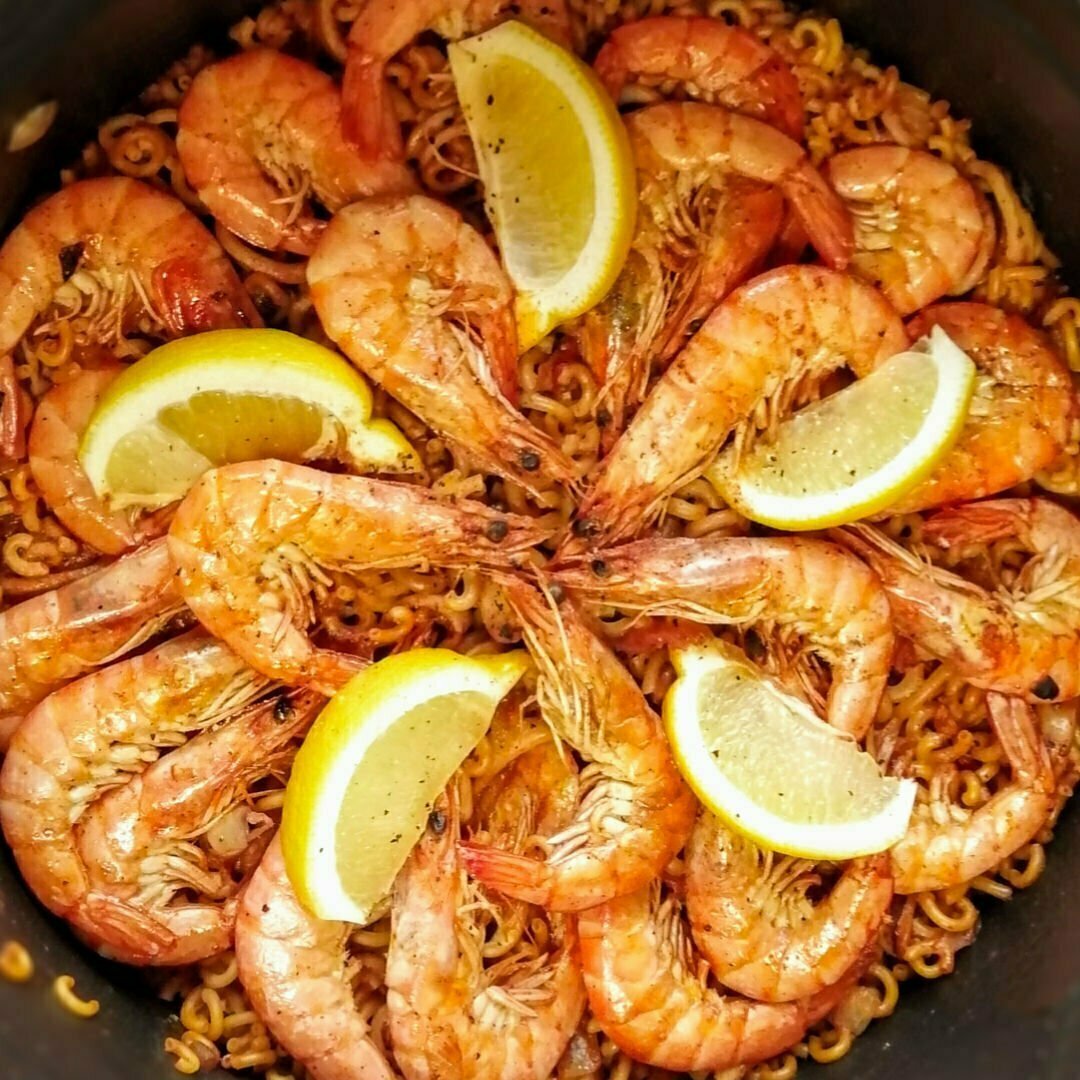
Catalan Cured Meats
- Botifarra d’ou: white pork sausage with egg.
- Botifarra negra: pork blood sausage.
- Botifarra blanca: white pork sausage.
- Fuet: a long thin sausage of dried cured pork meat wrapped in the gut. It resembles a salami.
Catalan Cheeses
Catalan cheese production has gained internation recognition mainly due to the strong influence of Haute cuisine and the benefit of sharing a border with France to the north.
Venture just 10-20 miles inland from the Mediterranean coast and you’ll find mountainous zones that make way for fertile grazing plains where livestock are reared. Like in many regions of Spain, cheese production is taken seriously and the Catalonia region offer a bounty of delicious cheeses, with recipes handed down through the generations.
Bauma Carrat
A Catalan cheese hailing from Borreda that is made from goat’s milk and left to ripen from 15 to 21 days. Once the cheese has aged it has a smooth and creamy flavor and is covered with a black rind.
Alt Urgell y la Cerdanya
Produced within the Catalan Pyrenees provinces of Lleida and Girona, Alt Urgell y la Cerdanya cheese is produced from pasteurized cow’s milk specifically from the Holstein Friesian cattle breed.
The cheese is left to ripen for at least 45 days and has a soft, creamy texture, and a slightly sweet, buttery flavor with a distinctive nutty aroma.
Nevat
A Catalan soft-ripened cheese originating from the village of Vilassar de Dalt, just north of the region’s capital, Barcelona. The cheese is made with goat’s milk from Murcia, favored due to its high-fat content. The cheese is flavored with rosemary, olive, and thyme on which the goats graze. Once the cheese has matured, it has a soft and gooey texture that becomes more firm in the center.
Selva
Selva is a traditional Catalan cheese produced in the village of Fornells de la Selva, located slightly south of Girona. Selva is made from pasteurized cow’s milk which contains full fat cream and requires aging for at least 1 month.
The cheese develops its own natural rind and offers a soft, smooth texture with an appealing aroma whilst having a buttery, slightly bitter taste that is reminiscent of natural yogurt.
Sarró de Cabra
Produced in Moia near Barcelona, Sarró de Cabra is made from pasteurized goat’s milk and aged for 2 months. The cheese has a semi-soft texture and a strong tangy flavor with some citrus undertones. After aging, the cheese is wrapped in a cloth napkin that gives the cheese its distinctive shape.
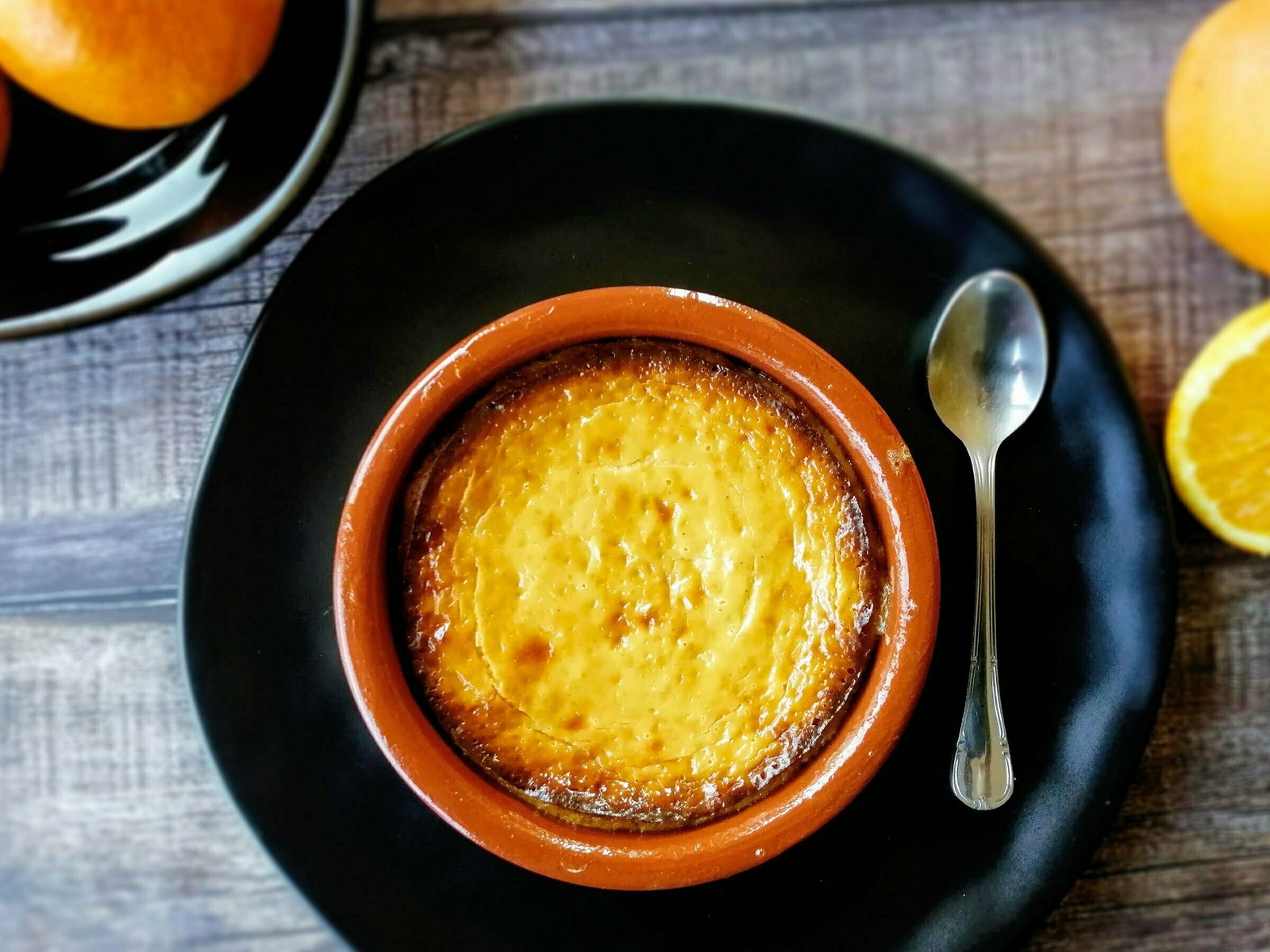
Catalan Desserts
Many parallels have been drawn between Haute cuisine and authentic Catalan dishes, and this is perhaps most representational with the range of delicious desserts. The crema Catalan is famous all over the world, not only due to its similarities with the french Crème Brulée, but also due to its rich and delicious burnt crust.
Crema Catalana
Similar to the Haute/French Crème Brulée. The Crema Catalana is made with fresh milk rather than cream and also uses sugar, egg yolks and cinnamon and is finally burnt on the top.
Mel I Mato
Mel i mato is made from the soft, unsalted goats cheese called mató that is slightly sweet and reminiscent of ricotta. You’ll often find this popular dessert served throughout the Catalonia region served drizzled with honey and topped with some toasted walnuts.
Panellets
Small round sweets made with almonds, sugar, eggs and rolled in pine nuts. Panellets are the traditional dessert of All Saints’ Day and can be found up and down the Mediterranean coast of Spain. Panellets are often accompanied with a sweet wine such as a Spanish Moscatel or Mistela.

Wines from Catalonia
While wines from Catalonia are lesser known internationally compared to some of their sister wines from the surrounding northern regions of Spain, there are a huge number of registered wine appelations in the Catalonia region.
- D.O. Empordà (1972)
- D.O. Alella (1932)
- D.O. Penedès (1960)
- D.O. Pla de Bages (1997)
- D.O. Tarragona (1932)
- D.O. Conca de Barberá (1989)
- D.O. Costers del Segre (1988)
- D.O. Montsant (2002)
- D.O.Ca. Priorat (1932)
- D.O. Terra Alta (1972)
- D.O. Calalunya (2001)
- D.O. Cava (1986)
The shining star of Catalonia wine production is Cava and the region is responsible for around 95% of the Cava produced in Spain. The name itself Cava mean ‘wine cave’ and refers to the second fermentation process that natural sparking wine needs to create the fizz. Traditionally, Cava was made and stored in caves within the Catalonia region where a cool even temperature can be maintained year-round.
White Cava varieties include Macabeo, Xarel·lo and Parellada. Red ‘rose’ cava varieties are made using Garnacha and Monastrell grapes that are commonly grown throughout the Iberian peninsular.
The Mediterranean Diet –
It’s no secret that the Mediterranean diet is healthy. It has been proven in numerous studies from all corners of the world, it aids weight loss, reduces the risk of heart disease and type 2 diabetes, as well as a growing list of other health benefits.
Find out what’s most exciting about the diet and create some incredibly tasty and simple Spanish recipes.
We're social!
Reach out and say hi!
Spanish Gazpacho Andaluz | VEGAN Chilled Soup Recipe
Spanish Gazpacho Andaluz Spain's favorite VEGAN chilled soup recipe! Gazpacho Andaluz is a delicious and fresh soup recipe that will transport your tastebuds straight to the sun-kissed landscape of Andalusia, Spain. This soup is...
Mediterranean Rainbow Salad with Easy Olive Oil Salad Dressing | Healthy VEGAN Recipe
Mediterranean Rainbow Salad with Easy Olive Oil Salad Dressing Embrace the summer vibes with this Mediterranean twist on a classic and colorful Rainbow salad. This recipe is healthy, loaded with healthy salad veggies that are a...
Spanish-Style Chicken Marinade – 30 Sec Recipe with 8 Ingredients
Spanish-Style Chicken Marinade Elevate your chicken recipes with this super easy Spanish-style chicken marinade with big Spanish flavors. This marinade requires no special equipment (a jar and a fork) and can be whipped up in...
